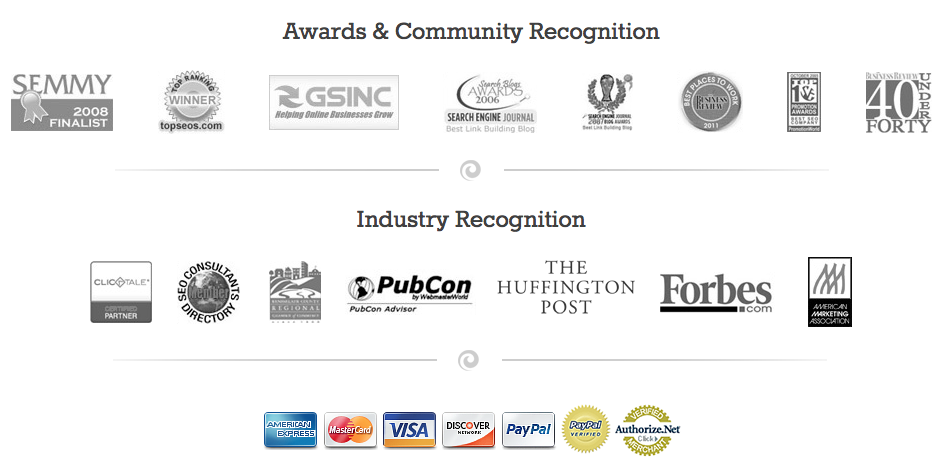Ready, Aim, Fire… Then Retarget #12D #Liveblog
Every PPC marketer wants to be known as a great retargeter, and unfortunately many of them are claiming expertise in the field simply by understanding some very basic concepts.
Retargeting, at its heart, is not a difficult thing to understand. It is the recapture of a customer who has left your site without converting and is snagged back in by an ad on another site.
However, retargeting means more than simply funneling people back to your website. It also means strategic marketing based on a careful analysis of the feedback available to you.
Product retargeting should follow the buyer rather than forcing the buyer to follow the ad. If it is done right, retargeting gently pushes users into the right stage of the sales funnel so discreetly that they do not realize they are being pushed.
One of the easiest ways to ensure that you are taking advantage of retargeting opportunities is to take inventory of your existing ads and amplify them. Use impression caps to avoid creepiness.
Another important point is to monitor where your retarget ads send users. The ideal situation is to send users to exactly where they want to go, never to a home page or unrelated content page. Send them directly to the category page or product page and streamline the buying process. Add a call to action to drive purchases.
5 Keys to Remarketing
- Build your audience first. To successfully retarget, you must first create segments to classify your target market. You should have a solid number of unique visitors before you attempt remarketing; most experts recommend at least 100,000 per month.
- Define your strategy. Identify consumer behaviors and use this information to build your pool of cookies. Identify segments and go after email signups, product reviews, and shopping for accessories in addition to conversions.
- Deliver relevant messages. You should segment your banners and create dynamic interactions based on user profiles. Relevance can life your sales by as much as 28 percent.
- Prevent fatigue. There is a level at which ROI levels off and begins to decline. Experiment to find the optimum frequency for your customers.
- Measure benefits. You can measure the incremental lift on your conversion rate and site traffic. This helps you understand how retargeting is affecting your bottom line.
Google now offers a new product for remarketing known as RLSA or remarketing lists for search audiences. Google must turn this beta program on for you but it works from your regular remarketing pixel and applies audiences at the ad group level. Negative audiences can also be applied.
Google’s new tool allows you to understand your converters, abandoners and others more completely. You can segment the new versus the existing converters and introduce new products to re-engage those who have not converted.
New tools also allow you to introduce new products, promotions, and special messages with widely-used keywords. All the new Google tools are designed to give SEO professionals the power to drive conversions.

